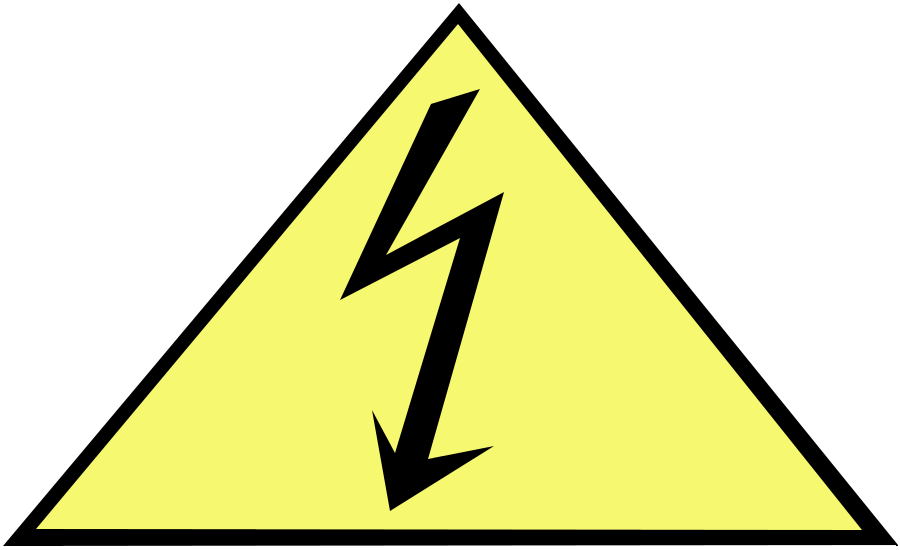Is the arc flash study date required to be on the labels?

Q: If there is no date on arc flash labels, how does the site electrician ensure the label is within the 5-year review period or other review requirements as defined in NFPA 70E? (…especially since Electricians don’t typically carry the latest arc flash drawings (or report) with them.)
A: NFPA 70E – 2018 does not require the label to indicate any dates as per 130.5(H).
Having said that, if your site prefers to have or already has labels with dates on them, then including the date is perfectly acceptable.
In a recent webinar, I suggested that one way of “future-proofing” an Electrical Safety Program is to omit the arc flash study date on the label. One of the webinar’s attendees asked the above question almost immediately.
What I mean by “future-proofing” is this: I’m trying to get to a label that is relatively immune to 70E standard changes. Labeling is laborious and technically challenging. In addition, affixing them exposes people to risk. So how do we get to labels that don’t have to be removed and replaced every 3-5 or even 10 years?
Let’s consider a few additional points:
- Dating the label implies that during every review period (which may be less than five years if changes occur), the label (although still technically valid) must be removed and replaced. If electricians see expired dates, then they may construe the label as wrong and lose confidence in the study.
- These ANSI Z535-compliant labels have extremely strong adhesive properties. When the labels tear and pieces cannot be removed, the pieces left behind affect the adhesion of the newer labels.
- In my experience, it takes more than twice the time to remove old labels. The additional time taken to remove the old and apply the new influences the overall cost of the project.
- From an efficiency point of view, it serves no purpose replacing labels all the time. Some labels, like main switchboards, hardly change. Likewise, some baseline production processes never change. If the plant changes regularly, then dating the label may work. Otherwise, it is inefficient for most industries.
- The rather aggressive action required to remove these labels – especially on warmer equipment – borders on the “interacting with equipment” concept in NFPA70E(R):2018 Article 100 Arc Flash Hazard. This can create an increased risk situation.
- Management should implement the program, and workers (like electricians) should execute the program. This isn’t the norm in industry, but it IS the intent of OSHA and the guiding principles of NFPA 70E(R):2018 Article 105.3. An ideal safety culture consists of management personnel ensuring that the labels are correct and workers following the labels. In this regard, think about the following:
- The company’s overall safety policies incorporate or reference the electrical safety program, making it mandatory for all persons to follow.
- The electrical safety program addresses the management of electrical changes and the five-year review of the incident energy analysis (aka – the arc flash engineering study. See NFPA 70E(R):2018 Article 130.5(G)). Practically, this means the projects department, procurement, local maintenance crews, and contractors all have quality hold points that include the review of the power system (or subsystem).
- The study and systems discussed govern the labels. It is an automatic system or organizational process during every project. Therefore, it is NOT an expectation that, by chance, an electrician on the floor will discover an error.
- Consider this route versus the electrician verifying the correctness of the label. One organization we have recently worked with has an awareness session, a safety notice, or a point in the safety meeting. They discuss changes to arc flash labels to ENSURE the inclusion of the electrical teams and their awareness of label changes. This means that the electrician is confident that the label is updated and doesn’t rely on a date printed on a label.
We agree that electricians don’t carry around the latest arc flash drawings. We do not expect them to do so. We do, however, expect that persons use the drawings when performing the Job Planning as per NFPA 70E – 2018 Article 110.1(I).
Ultimately, the goal is to allow management processes (like an ESP and Arc Flash Study) to manage the label — NOT the electrician. If your site is dating the label and relying on the electrician to identify expired or outdated studies, you may be dating the label for the wrong reason.
Zarheer Jooma is a contributor to the NFPA 70E, has published several journal transactions, chaired electrical safety standards, and holds a Master Degree in Electrical Engineering.
Source: e-hazard.com
Looking for a reprint of this article?
From high-res PDFs to custom plaques, order your copy today!









